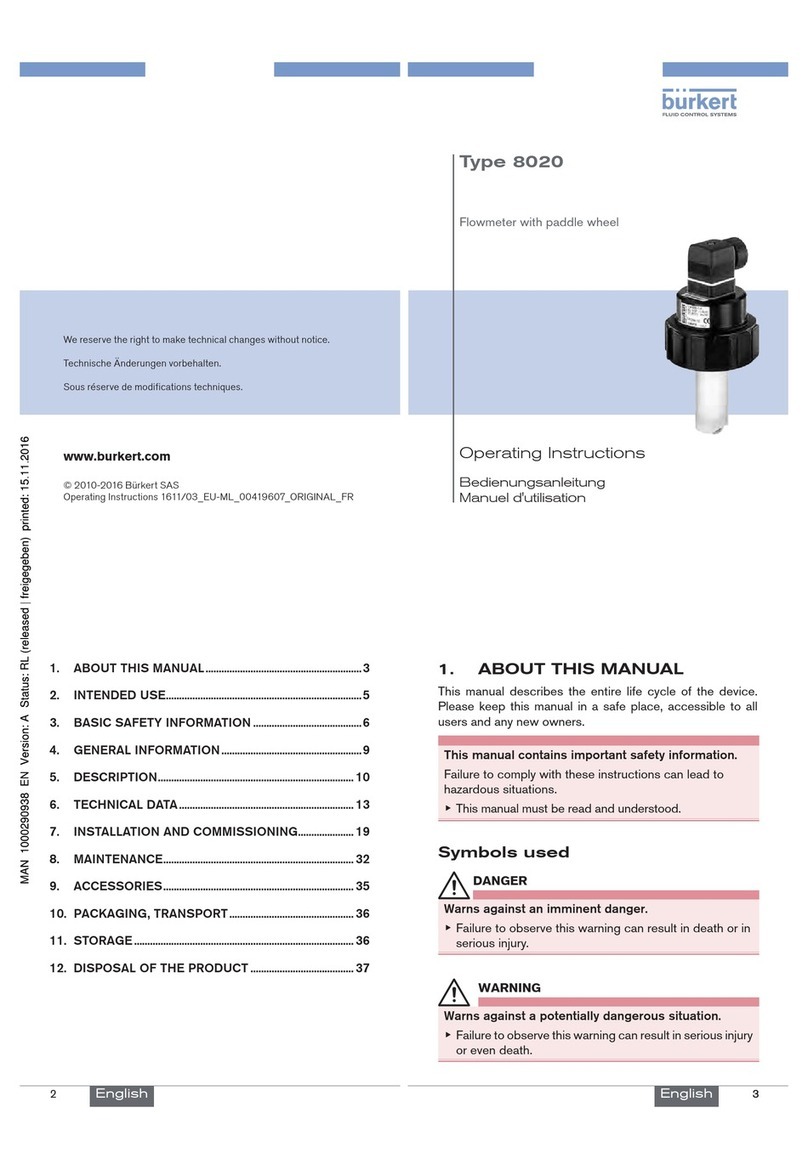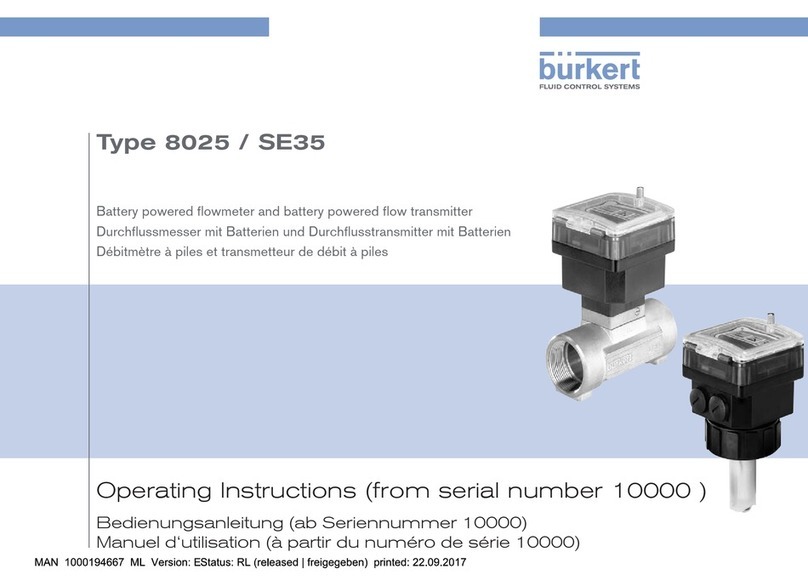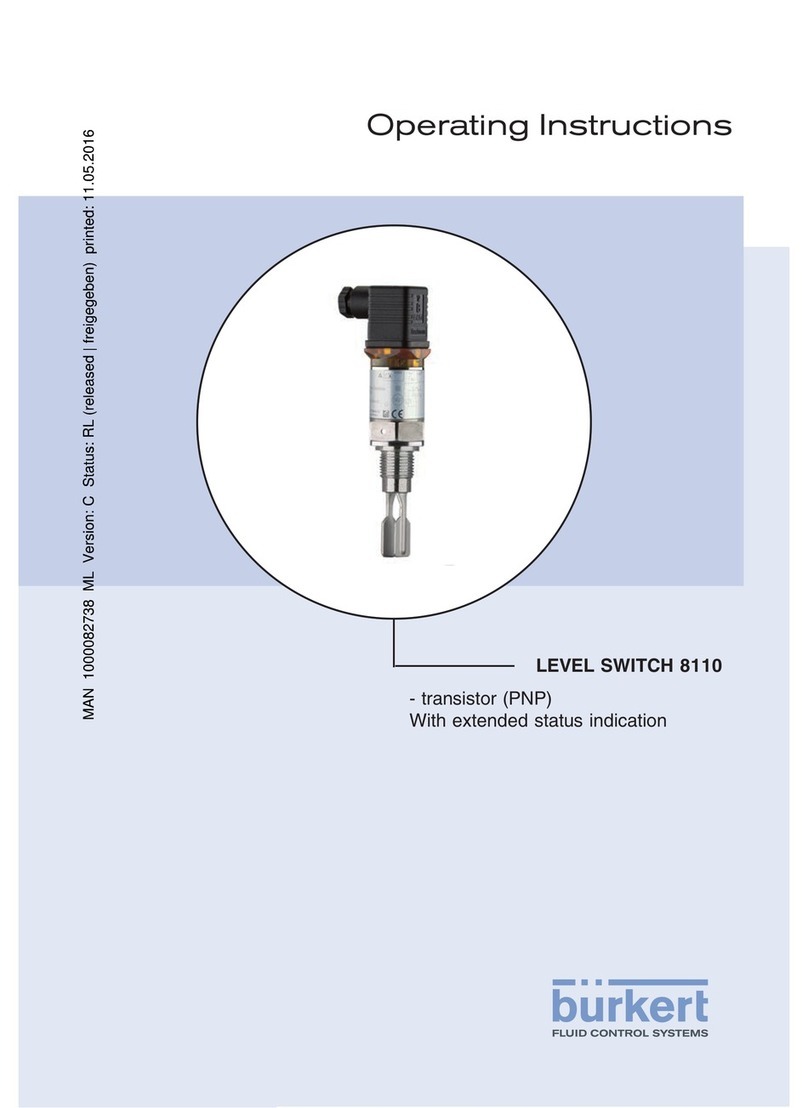
3
Contents
Type 8228
1 ABOUT THIS MANUAL .....................................................................................................................................................................6
1.1 Definition of the word "device" .......................................................................................................................................6
1.2 Validity of the manual ..........................................................................................................................................................6
1.3 Symbols used ..........................................................................................................................................................................6
2 INTENDED USE ....................................................................................................................................................................................7
3 BASIC SAFETY INFORMATION ....................................................................................................................................................8
4 GENERAL INFORMATION .............................................................................................................................................................10
4.1 Manufacturer's address and international contacts .........................................................................................10
4.2 Warranty conditions ...........................................................................................................................................................10
4.3 Information on the Internet ............................................................................................................................................10
5 DESCRIPTION ....................................................................................................................................................................................11
5.1 Area of application .............................................................................................................................................................11
5.2 Knowing the device ...........................................................................................................................................................11
5.3 Knowing the available versions ..................................................................................................................................12
5.4 Understanding the name plate ....................................................................................................................................13
6 TECHNICAL DATA .............................................................................................................................................................................14
6.1 Operating conditions ........................................................................................................................................................14
6.2 Conformity to standards and directives .................................................................................................................14
6.3 Fluid data .................................................................................................................................................................................15
6.4 Mechanical data ...................................................................................................................................................................16
6.5 Dimensions of device .......................................................................................................................................................16
6.6 Electrical data .......................................................................................................................................................................17
6.7 Data of the connectors and wires ..............................................................................................................................18
7 ASSEMBLY ...........................................................................................................................................................................................19
7.1 Safety instructions .............................................................................................................................................................19
7.2 Removing the cover ...........................................................................................................................................................19
7.3 Mounting the cover ............................................................................................................................................................20
7.4 Mounting the display module .......................................................................................................................................20
7.5 Dismounting the display module ...............................................................................................................................21
English




































